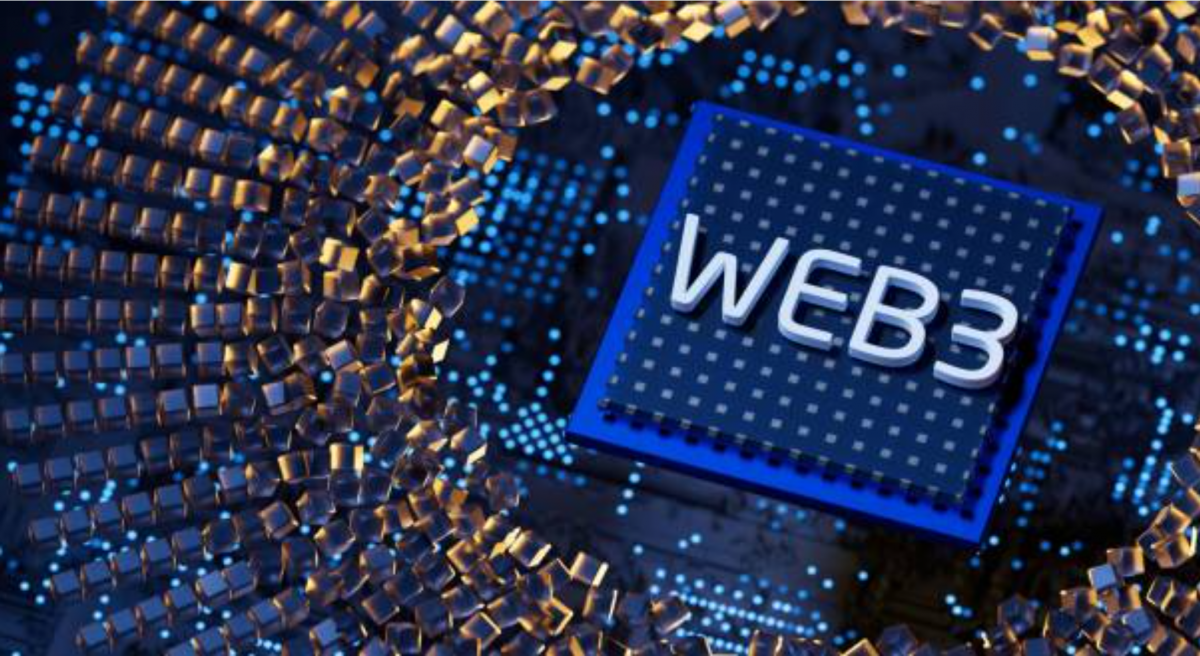Web3 should ensure that you take ownership of your data and that you no longer exchange your data for free services but get tokens and voting rights in return. The web will have to be rewritten to a blockchain-based system to make decentralization and democracy possible. Sounds good, but what are the possibilities of Web3 for businesses and what disadvantages are associated with Web3?
With Web3 you take ownership of your own data, and you can influence its terms of use. In addition, revenues can flow back to users who contribute to the system through smart contracts and so-called decentralized autonomous organizations (DAOs). These are business models with decentralized leadership that can help users make decisions in the digital world.
These properties of Web3 cause several outcomes that can influence the operations of established companies. First, it could mean a disruption of existing business models by, for example, coding current work of intermediaries in smart contracts, providing economic opportunities for end users and suppliers. Second, Web3 has public access allowing anyone to access and even create and own information without the intervention of other people, which causes automatic inclusion. Third, everyone gets a digital identity that can be seamlessly integrated from application to application through the blockchain. This creates opportunities in creating a new customer experience. Applications of this can be applied in virtually every industry.
The game industry can, for example, allow players to earn tokens while playing the game, but there is also the danger of addiction and dependence on this income while the earnings are not fixed. Or, for example, financial services can become much more transparent, but the question is how easy it will be to integrate with traditional financial services. And so, there are many other examples in both these and other industries that have both advantages and disadvantages.
There are also several general concerns arising from Web3’s applications. For example, we don’t know how easy it is to manipulate the data or gain unauthorized access to sensitive data. We also don’t know whether this more complicated web structure will also give us more new and complex ways to hack the systems and get cyber-attacks. Finally, a globally available digital identity may also make identity theft a lot easier.
So, there are still a few things that need to be overcome if we want to fully adopt Web3, but it certainly offers opportunities. Do you think that Web3 will eventually become the new Internet and what kind of business models will benefit most?
References
McKinsey, 2022. McKinsey Technology Trends Outlook 2022: Web3, s.l.: McKinsey & Company.
Rudman, R. a. B. R., 2015. Defining Web 3.0: opportunities and challenges. Emerald Insight.
Stackpole, T., 2022. What Is Web3?. Harvard Business Review.


Thanks for the contribution Tom! I think it’s very interesting that you are also mentioning some concerns regarding Web3. It’s always important to keep a critical note, especially since we hear so much hype about Web3. What “traditional” industry do you think could potentially be one of the first to be disrupted by Web3?